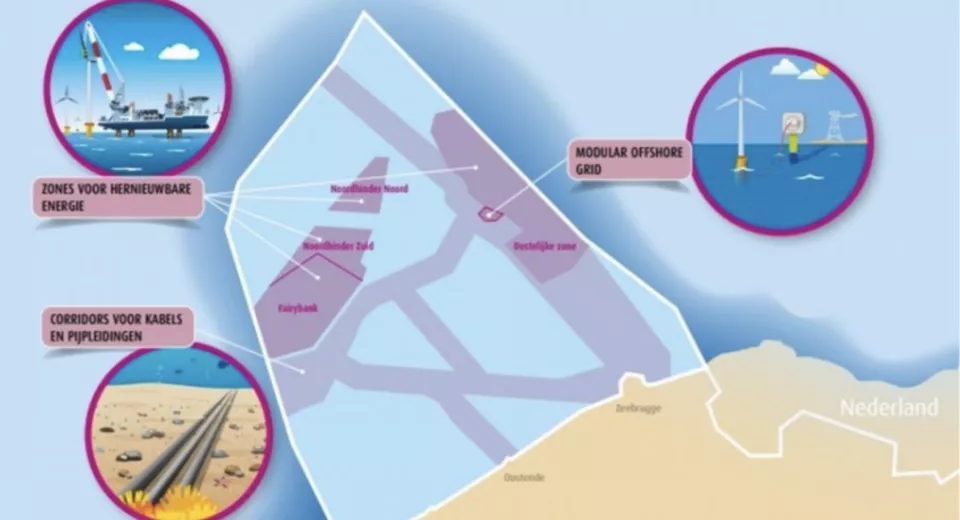Environmental impact of offshore wind farms in the North Sea
Since 2008, the effect of offshore wind turbines on the marine ecosystem has been thoroughly studied and evaluated within the scope of WinMon.BE, the Belgian programme for environmental monitoring of offshore wind farms.
In early February 2022, a report appeared which made the annual results of this monitoring programme public. Here are a few important / remarkable findings:
- Hard substrates in the immediate vicinity of wind turbines as well as the soft sediments between the turbines are colonised by marine organisms;
- Mussel shells form an attractive habitat for other colonising organisms, and thus contribute to an increase in biodiversity;
- Measures to mitigate underwater noise when piles are driven into the seabed ensure that porpoises are less disturbed near wind farms;
- There are various reasons why seabirds avoid or frequent wind farms, such as visual disturbance or the presence of roosting and foraging sites;
- Temporary shutdown of the turbines in case of a high intensity of migratory birds at rotor height helps avoid bird collisions.

Consortium
The WinMon.BE monitoring programme is a collaboration between the Royal Belgian Institute of Natural Sciences (RBINS), the Research Institute for Nature and Forest (INBO), the Flanders Research Institute for Agriculture, Fisheries and Food (ILVO) and the Marine Biology Research Group of Ghent University. The coordinator is the Marine Ecology and Management Team (MARECO) of the Royal Belgian Institute of Natural Sciences.


